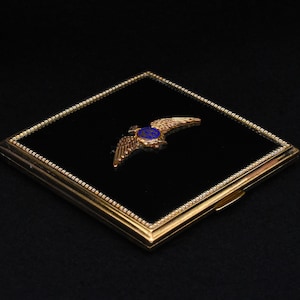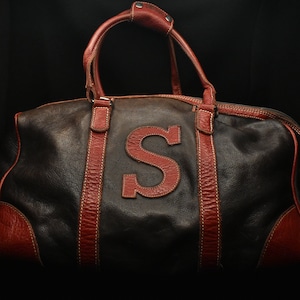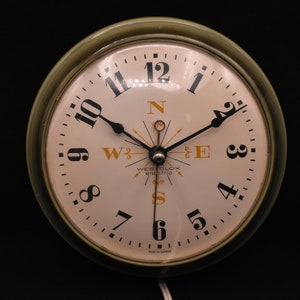
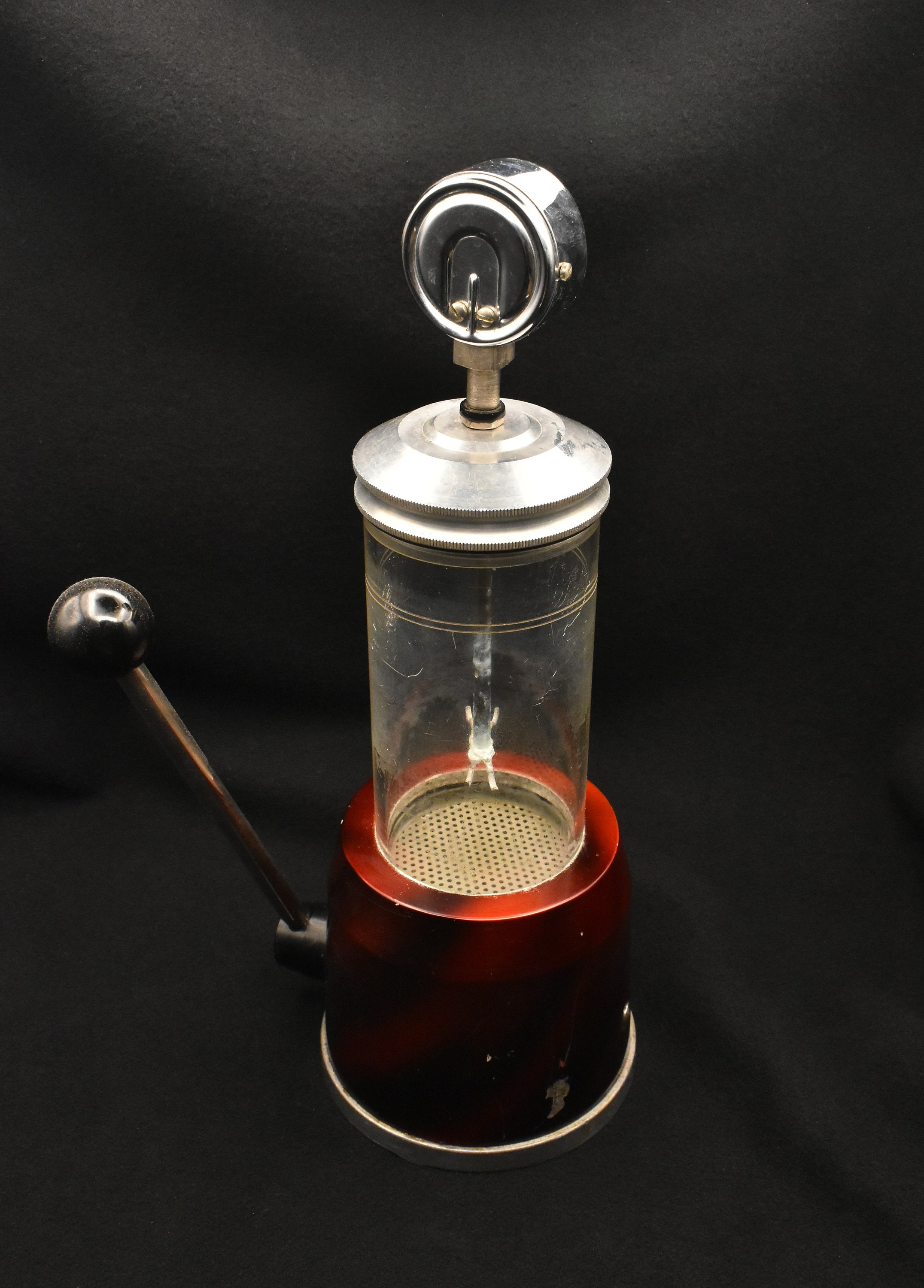
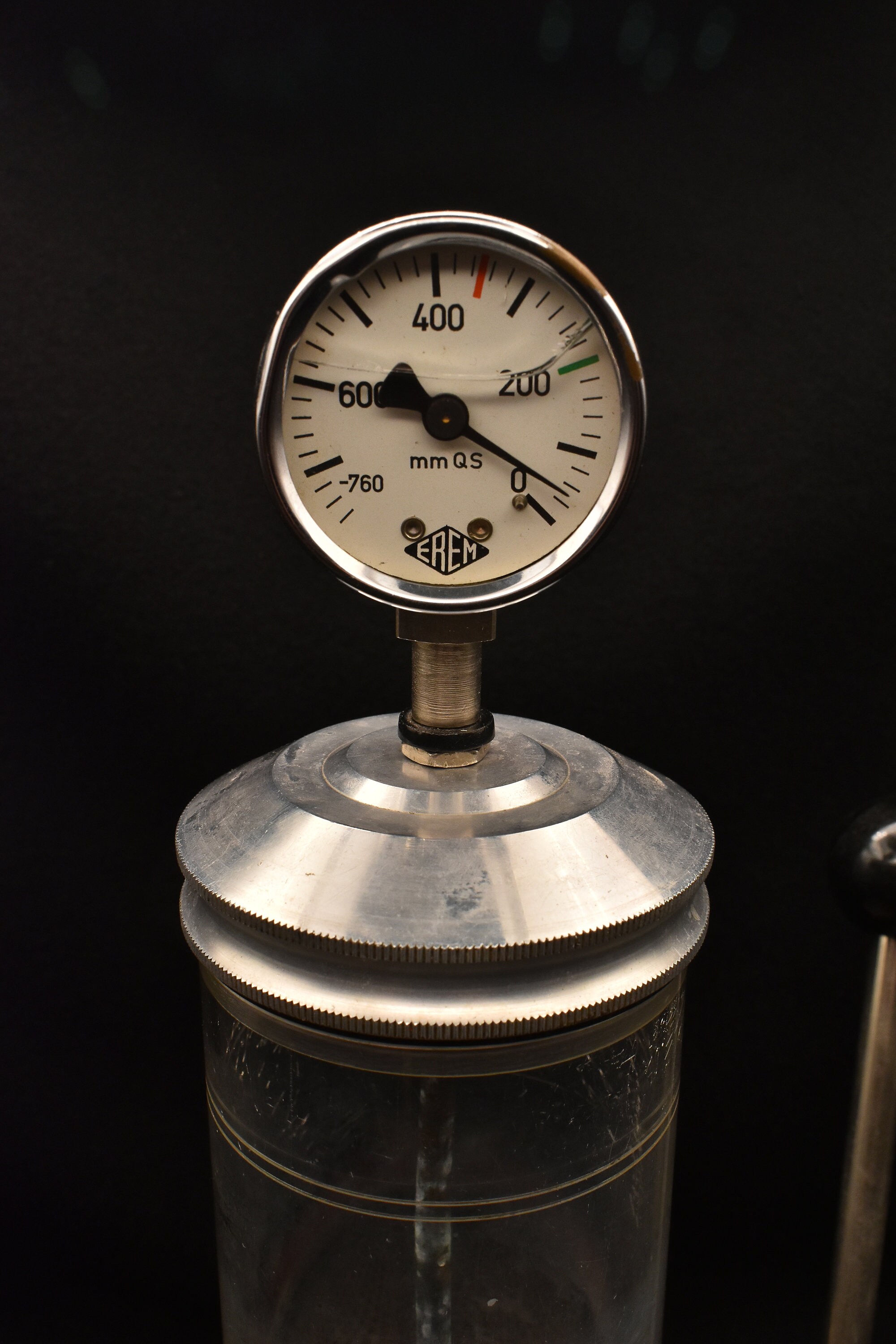
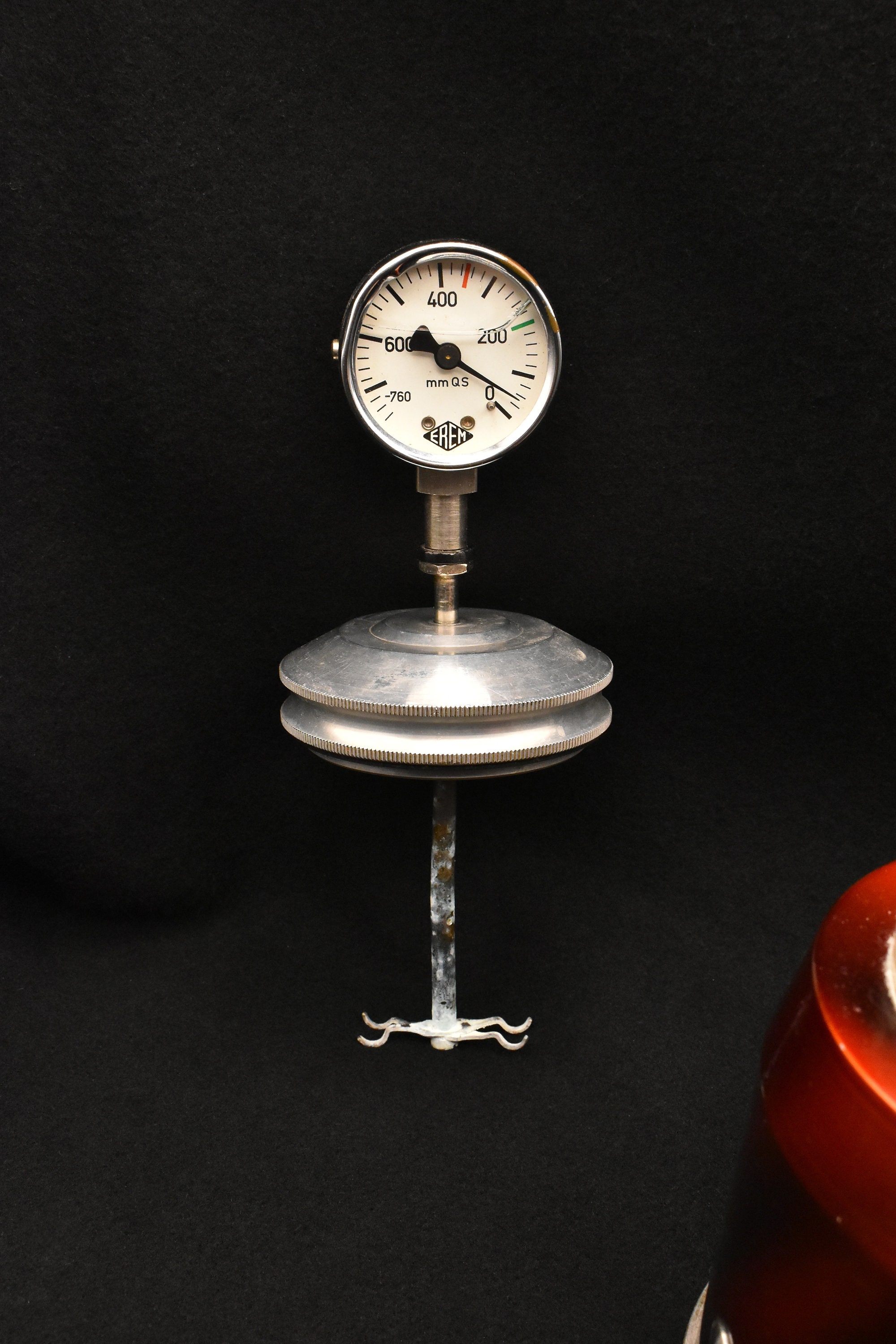
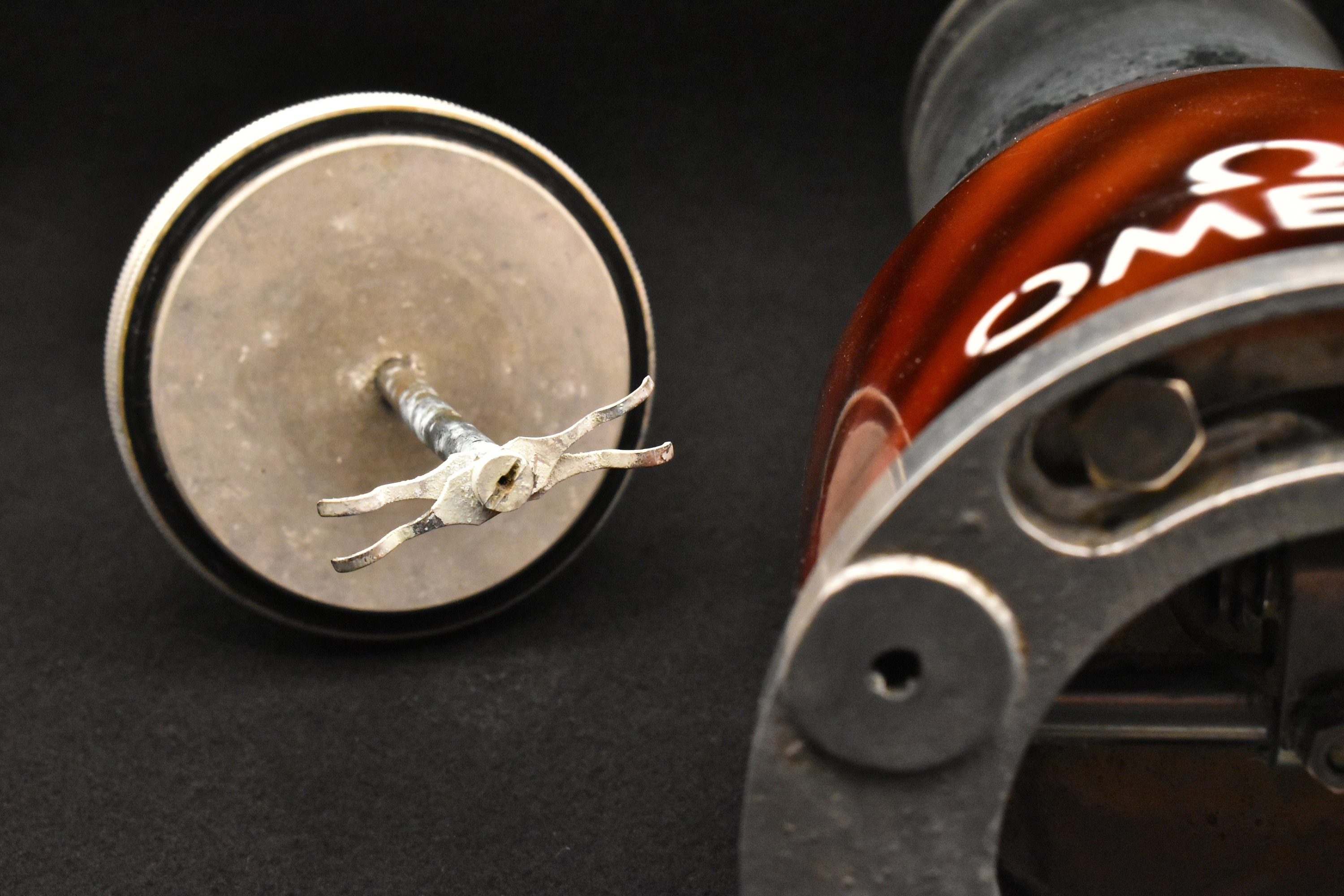

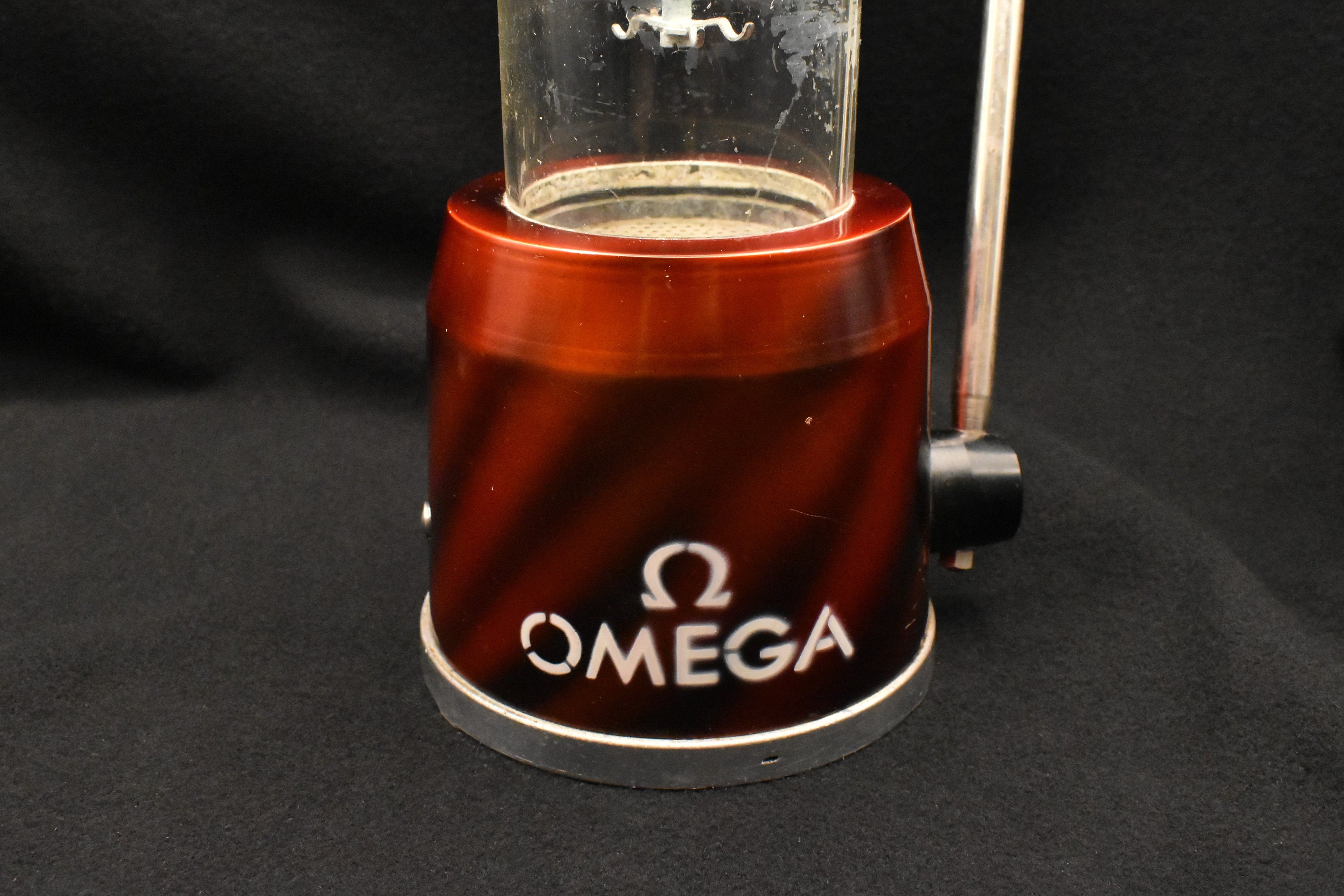
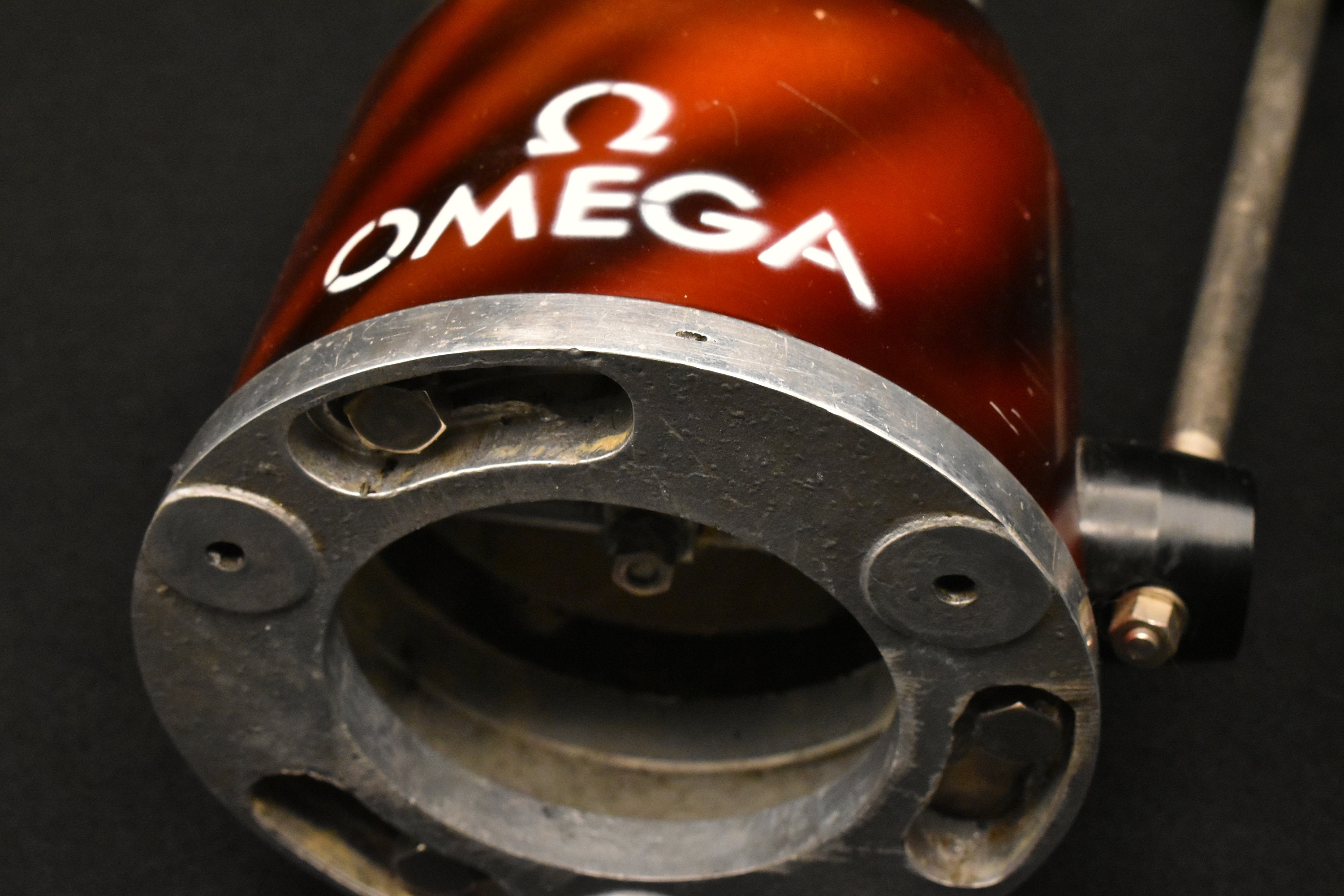
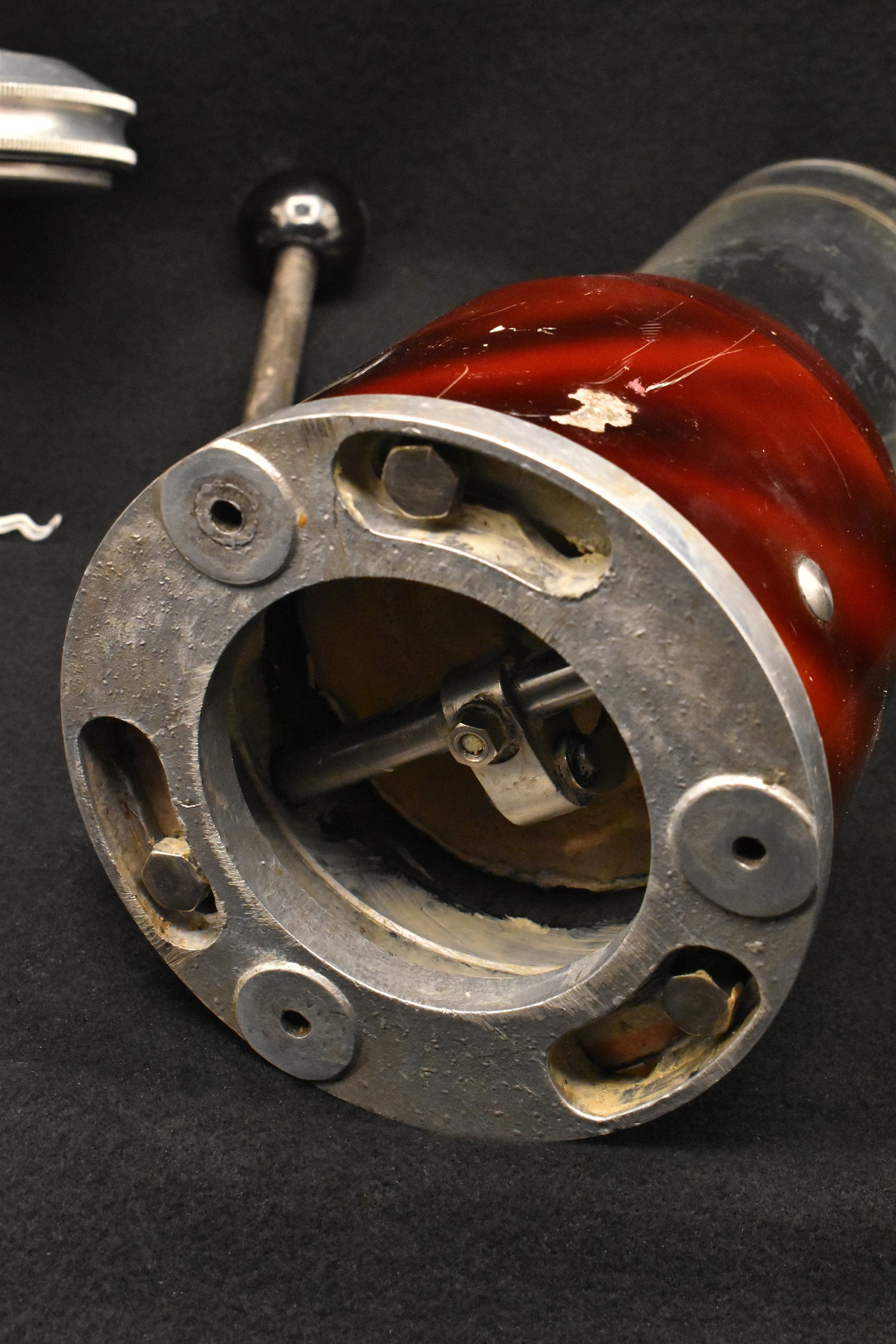
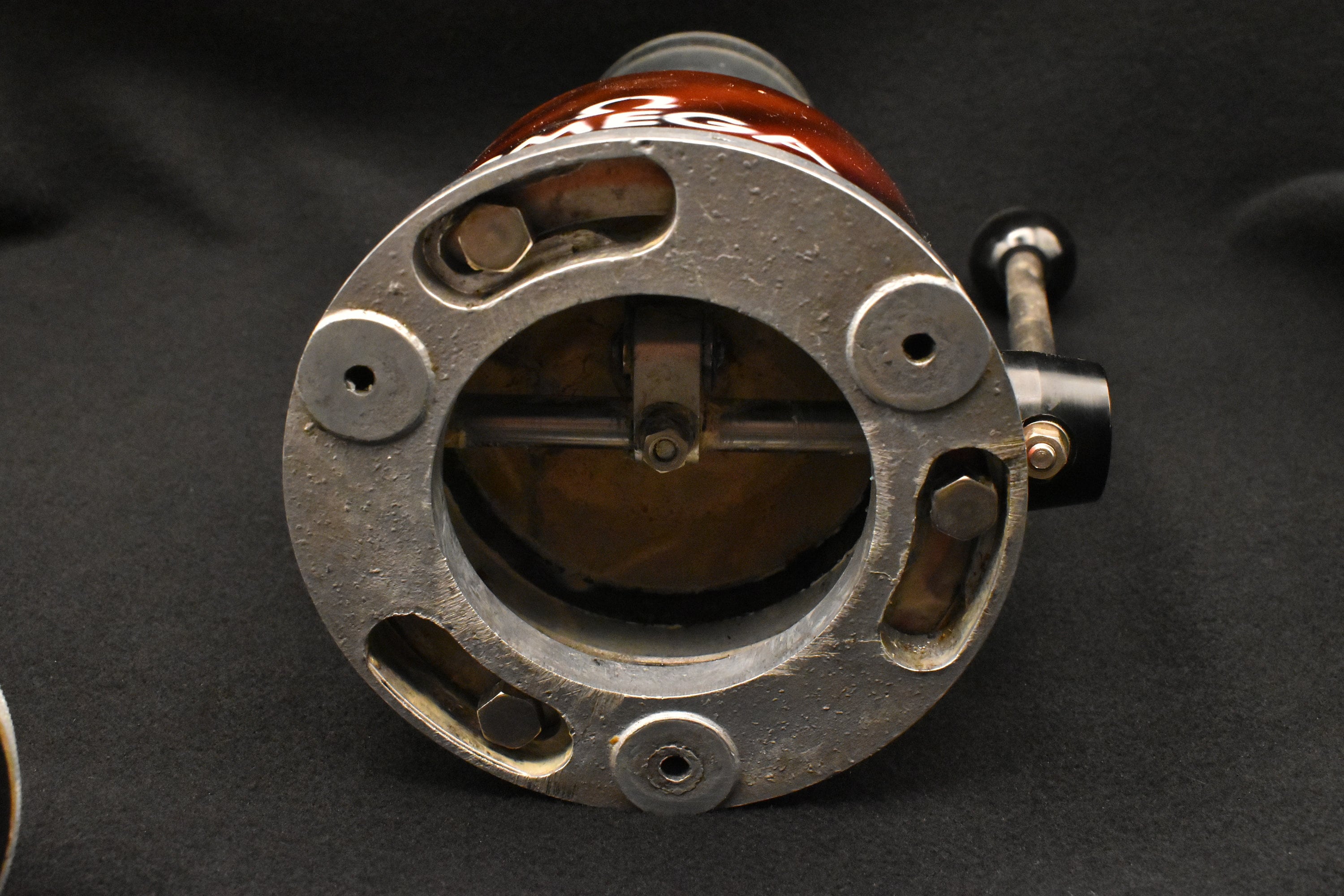
Rare Vintage Omega Watch Waterproof Tester - Pressure Testing Apparatus - Complete
(1)
-
DetailsPlease note -TARIFFS PAID! US buyers need not worry about any additional charges! Order with confidence, knowing you won't be surprised with any additional fees.
This little beauty had me digging for ages... there is almost no information on this exceedingly rare piece of history...
Omega is a very old company. It was originally founded under the name La Generale Watch Company in 1848, in La Chaux-de-Fonds, Switzerland by Louis Brandt. He was a small-time watch assembler, who made key-wound, precision pocket watches from parts that were hand-made by local craftsmen. He was moderately successful, providing quality timepieces, locally, and eventually, across Switzerland, until his untimely death in 1879, when his sons stepped in to take over the family business. They were as equally successful as their father, if not more-so. In 1894, his sons Louis-Paul and Cesar developed a method by which their watches would be assembled using interchangeable parts. They were not the only manufacturer to use this method of assembly and, in fact, all the largest makers adopted this system around the same time. These watches were branded and sold under the name Omega, still under the umbrella of La Generale, but were obscenely successful. By 1903, the Omega Watch Company was founded to deal with their skyrocketing popularity. Suddenly, tragedy struck. Both Louis-Paul and Cesar died in 1903, just 6 months apart. At the time, Omega employed 800 people and were producing nearly a quarter-million timepieces per year. Something had to be done to save the company. Louis-Paul and Cesar had 2 children each - all sons. Louis-Paul's sons, Adrien and Paul-Emile would take up the mantle for their father, as would Cesar's sons, Ernest and Gustave. This was no small undertaking. In fact, all signs pointed to a quick and undignified exit from the industry - the 4 kids were all under the age of 24 - one was still in his teens. However, it seems that Paul-Emile was born to lead. Under his guidance as lead architect over the next half-century, Omega became one of the largest watch companies on the planet. In 1917, they were chosen by Britain's Royal Flying Corps as its official timekeepers for combat units, with the US Armed Forces signing on in 1918, as well. Despite some financial hardships through the 20s and 30s, Brandt (Louis Brandt was a Swiss Master watchmaker of legendary renown) would undertake the merger of Omega and Tissot in 1925, establishing the SSIH Group, Geneva in 1930. The 'Société Suisse pour l'Industrie Horlogère' was formed to help Swiss watch manufacturers weather the financial storms of the early-to-mid 20th century and continued to absorb watch companies throughout the war and post-war period. By 1955, they had absorbed 50-some-odd companies, including Lanco and Lemania, who were responsible for some of the most famous Omega timepieces ever created. Today, they're known as Swatch. Throughout their growth, their quality never wavered. They were chosen as the official timekeeping device of the Olympic Games in 1932 and have held that position ever since. They were chosen by NASA as their official timekeeper, beating out the likes of Rolex and Longines Wittnauer to become the first watches to go into orbit. Their success is undeniably one of the most amazing business success stories of the turn-of-the-20th-century.
As for this pressure tester... it has left me a tad perplexed. There aren't many of these in existence and nary a scant bit of literature surrounding their development or use. Waterproof watches are not a new invention. The first, a watch called 'L'Impermeable' (The Waterproof - but also, The Raincoat, oddly), was developed in 1864 by a company called Alcide Droz & Sons, eventually absorbed into the West End Watch Company umbrella (one of the oldest Swiss watch-makers that are still active, today) and sold under that name. They were the first to realize that gaskets (tiny rubber rings that seal cracks or openings during the assembly process) were the key to ensuring an air- and water-tight seal for the mechanisms within their pocket watches. Upon installing a tiny gasket near the winder and another few under the crown and back plate, L'Impermeable was born, it's tiny rubber rings effectively protecting the timepiece from dust and humidity. With the evolution of the pocket watch into the wristwatch, people were wearing their devices in more and more strenuous situations. Soon, a small gasket or two wasn't enough to deal with the pressures exerted during high-altitude activities or diving. With the evolution of water-tightness, the efficacy of these seals needed to be tested. These pressure testing devices were originally developed to ensure a tight seal on a finished timepiece, at the factory. The device was effectively a small vacuum pump. The canister would be filled no higher than the indicated line with water and the timepiece would be first left above the waterline as pressure was built, then, once pressure has been reached, it would be submerged. This process was controlled and verifiable during assembly, however, it was necessary for individual craftsmen to test water-tightness after, for example, changing a battery or repairing a piece. That's where these colourful, branded devices were used. They were originally sold as a 2-piece device, with a pump and a canister mounted onto a piece of wood, but they looked odd and unprofessional. These were large and cumbersome to operate, so this colourful, upgraded design was released in the mid- to late-1950s. Strictly with certified Omega technicians, these pressure-testers were available to ensure that each repaired or opened timepiece was still sealed, as per factory specifications. Although Rolex pressure testers are widely available, you'll have a very hard time finding one of these, complete.
Now, the sad part... someone dropped the top. I don't know when or how, but the frame around the gauge is dented and the glass within is cracked. I took it upon myself to disassemble the gauge to see how the innards looked and was pleasantly surprised to find them in pristine condition - even the pressure sensor and needle still work well. The seal will have to be replaced, but I see no reason why this wouldn't function again. The rest of the body, however, is solid and complete. The handle is immovable, as is. Given the condition of the innards, however, I'm confident that it can be fairly easily resurrected to its former glory.
There are some scratches and blemishes on the piece. None affect the structure or function - this is a hefty piece of metal. You may notice a lot of evident scratches in the pictures, forgive me. It is not that bad... the flash and lighting tends to inflate their size and colour. The water-scaling on the inside of the canister is fairly easy to clean, but as with my other wares, I leave the patina on all our pieces. You may notice some ghosting around the sprayed 'Omega' logo - this is common to nearly all of these pressure testers and is completely original. It measures 35 cm tall, and just shy of 13 cm in diameter with the arm protruding another 8 cm from the body.
As well, in order for this machine to properly operate, it uses liberal amounts of grease. Although I have wiped the majority away, I can't guarantee you won't get some grease on your hands, if you poke around a bit. Please note that I do not know how the device operates and will not force the issue. The scarcity of this piece prevents me from really pulling on the handle (I'd be physically ill if I managed to damage it due to negligence), but the construction is complete, with no missing components.
Although a little careworn, this is a rare and wonderful piece of timekeeping history and would make a wonderful addition to any watch collection.
Should you have any questions or requests, I'm always happy to respond to messages almost immediately.
Thank you for visiting C&K! -
Shipping & Policies
Shipping from Canada
Processing time
1-2 business days
Customs and import taxes
Buyers are responsible for any customs and import taxes that may apply. I'm not responsible for delays due to customs.
Payment Options
Returns & Exchanges
I gladly accept returns and exchanges
Just contact me within: 3 days of delivery
Ship items back to me within: 7 days of delivery
I don't accept cancellations
But please contact me if you have any problems with your order.
The following items can't be returned or exchanged
Because of the nature of these items, unless they arrive damaged or defective, I can't accept returns for:
- Custom or personalized orders
- Perishable products (like food or flowers)
- Digital downloads
- Intimate items (for health/hygiene reasons)
Conditions of return
Buyers are responsible for return shipping costs. If the item is not returned in its original condition, the buyer is responsible for any loss in value.
Frequently Asked Questions
Can I combine delivery on multiple items?
Of course! We'd be happy to assist. Just send us a quick message and we'll make sure to combine your items into a single package to reduce the shipping costs.
-
Reviews
Reviews (1)
Average:
Dec 25, 2025
Great gift from a great seller. Very happy with this purchase. Highly recommend!!!
